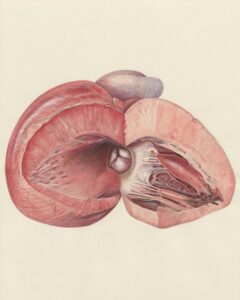body {
font-family: Arial, sans-serif;
margin: 20px;
}
h1 {
color: #00698f;
}
section {
margin-bottom: 40px;
}
ul {
list-style: decimal inside;
}
The Stephanie Tubbs Jones Uterine Fibroid Research and Education Act of 2025
Introduction
This bill was introduced on July 15, 2025, and was referred to the Committee on Energy and Commerce. The purpose of this Act is to provide for research and education with respect to uterine fibroids.
Findings
- Congress finds that up to 77 percent of women will develop fibroids before menopause.
- In the United States, an estimated 26,000,000 women between the ages of 15 and 50 have uterine fibroids.
- Uterine fibroids are a significant health issue for minority individuals, with an elevated risk to develop fibroids.
- The current treatment options for symptomatic uterine fibroids are limited, and more research is needed to understand the best course of treatment.
Authorization of Appropriations
The Secretary shall carry out the conduct and support of research pursuant to section 3(a), in coordination with the National Institutes of Health and other relevant Federal agencies.
- For fiscal years 2026 through 2030, there are authorized to be appropriated $30,000,000.
Education and Dissemination of Information
The Secretary shall develop and disseminate to the public information regarding uterine fibroids, including information on awareness, incidence, prevalence, and treatment options.
- The Secretary may disseminate information directly or through arrangements with intra-agency initiatives, nonprofit organizations, consumer groups, institutions of higher education, or Federal, State, or local public-private partnerships.
Definition
The term “minority individuals” means individuals who are members of a racial and ethnic minority group, as defined in section 1707(g) of the Public Health Service Act (42 U.S.C. 300u–6(g)).




